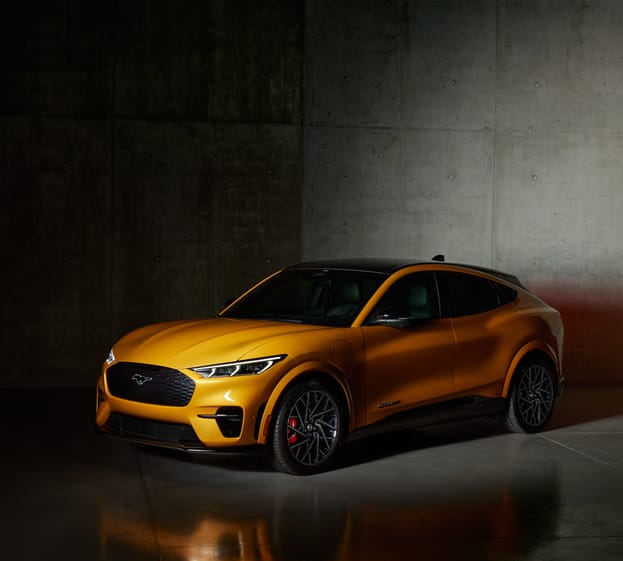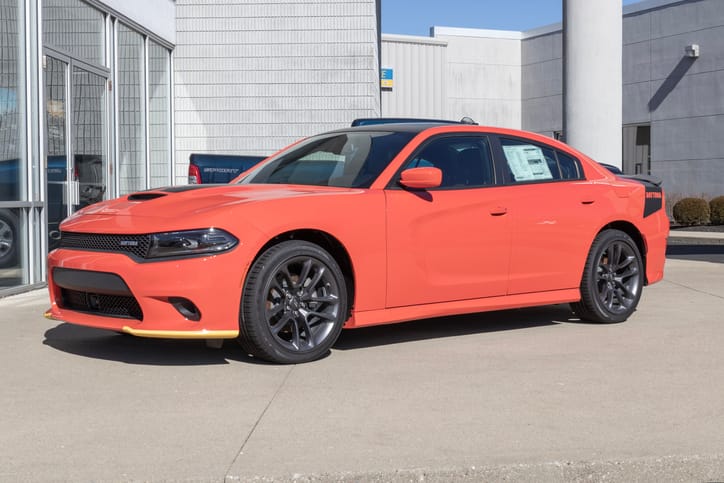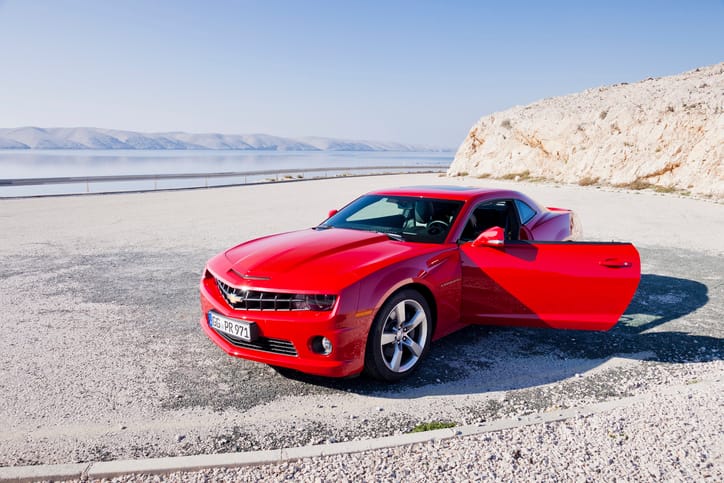The Future of Muscle Cars: Electric Power Meets Classic Style

The rumble of a V8 engine, the sleek lines of a classic design, the rush of adrenaline on a winding road – these are the hallmarks of the iconic muscle car. But in a world increasingly focused on sustainability and efficiency, can these gas-guzzling giants survive? The answer is a resounding yes, but with a twist: muscle cars are undergoing a thrilling transformation, embracing electric power while retaining their beloved character.
A Legacy of Speed and Style
The muscle car era roared to life in the 1960s, with American automakers churning out powerful, affordable coupes and convertibles. These weren't luxury vehicles; they were built for speed and raw power. Names like Mustang, Camaro, Challenger, and Charger became legends, capturing the imagination of a generation.
Muscle cars weren't just about speed, though. Their bold designs, often featuring long hoods, short trunks, and aggressive lines, turned them into rolling works of art. They embodied a spirit of rebellion and individuality, resonating deeply with American culture.
The Challenge of Change
However, the muscle car's golden age wasn't built to last. The oil crisis of the 1970s and stricter emissions regulations forced automakers to downsize engines and prioritize fuel efficiency. Muscle cars lost their edge, becoming shadows of their former selves.
In recent years, there's been a resurgence of interest in classic muscle cars. However, the environmental impact of these gas-powered behemoths remains a concern. This is where the electric revolution steps in.
Electric Muscle: A New Breed Emerges
The idea of an electric muscle car might seem like an oxymoron. After all, the thunderous roar of an engine is often considered a key part of the muscle car experience. But electric vehicles (EVs) offer a compelling alternative. They deliver instant torque, providing a thrilling acceleration that rivals even the most potent gasoline engines.
Several automakers are leading the charge in developing electric muscle cars. Here are some notable examples:
- Ford Mustang Mach-E: This isn't your grandfather's Mustang. The Mustang Mach-E is a sleek, futuristic SUV that maintains the Mustang's signature design elements while packing a powerful electric punch.
- Dodge Charger Daytona SRT: Dodge is staying true to its muscle car roots with the Charger Daytona SRT. This all-electric concept car boasts a retro-futuristic design that pays homage to the classic Charger while incorporating modern aerodynamic elements. The mind-blowing feature? A built-in exhaust system that generates a throaty "electronic muscle" sound, adding an unexpected layer of nostalgia.

- Chevrolet Camaro Electric (Concept): Chevrolet has yet to officially announce an electric Camaro, but rumors swirl around a potential future model. With the success of the Mustang Mach-E, it's likely only a matter of time before Chevy electrifies its iconic pony car.

Beyond Performance: Embracing Sustainability
The shift towards electric muscle cars isn't just about preserving the thrill of the ride. It's about ensuring these beloved vehicles have a place in a future focused on sustainability. Electric vehicles produce zero tailpipe emissions, significantly reducing their environmental impact. This allows muscle car enthusiasts to enjoy the exhilarating performance they crave without the guilt of contributing to climate change.
More Than Just Power: Character Matters
The success of electric muscle cars hinges not just on performance, but also on retaining the character that made these vehicles so iconic. Here's how carmakers can ensure a smooth transition:
- Classic Design Cues: Integrating design elements that evoke memories of classic muscle cars – like long hoods, muscular proportions, and bold color schemes – will create a familiar and desirable aesthetic.
- Sound and Fury: While the roar of a V8 engine might be a thing of the past, electric muscle cars can still deliver a thrilling soundscape. Dodge's Charger Daytona SRT concept proves that with its innovative "exhaust" system.
- Preserving the Driving Experience: The connection between driver and car is a core part of the muscle car experience. Electric muscle cars need to prioritize responsive handling, comfortable interiors, and features that enhance the driving experience.
The Future is Electric, But the Soul Remains
The future of muscle cars is undeniably electric. Electric vehicles offer the power, performance, and instant torque that muscle car enthusiasts crave, all while reducing environmental impact. However, for these new electric breeds to succeed, they need to retain the soul of the muscle car – the bold design, the exhilarating driving experience, and the connection to a rich automotive legacy.
The electric muscle car revolution is just beginning. As technology advances and automakers continue to innovate, we can expect even more exciting electric muscle cars to hit the road. These new machines will combine the best of both worlds.
